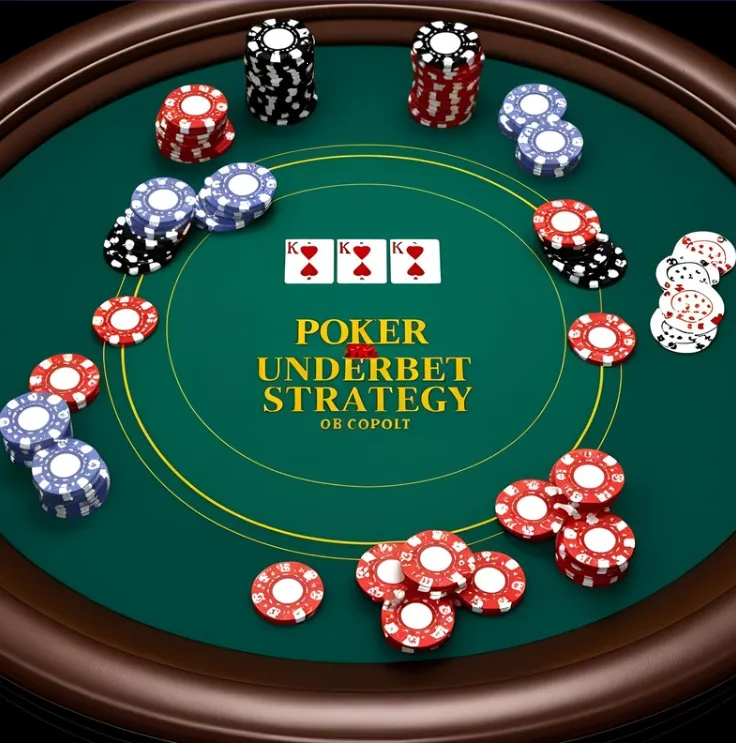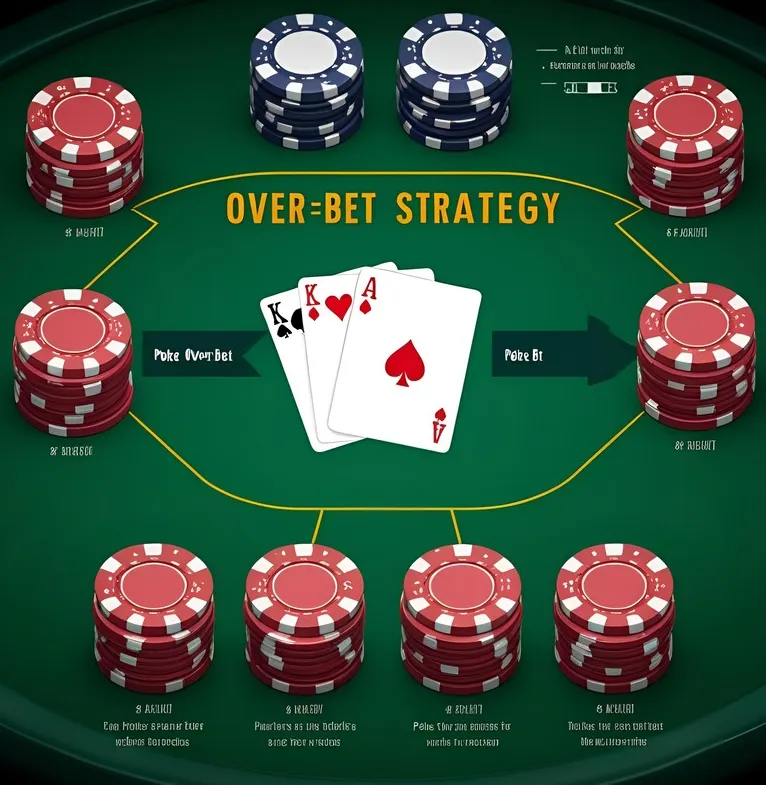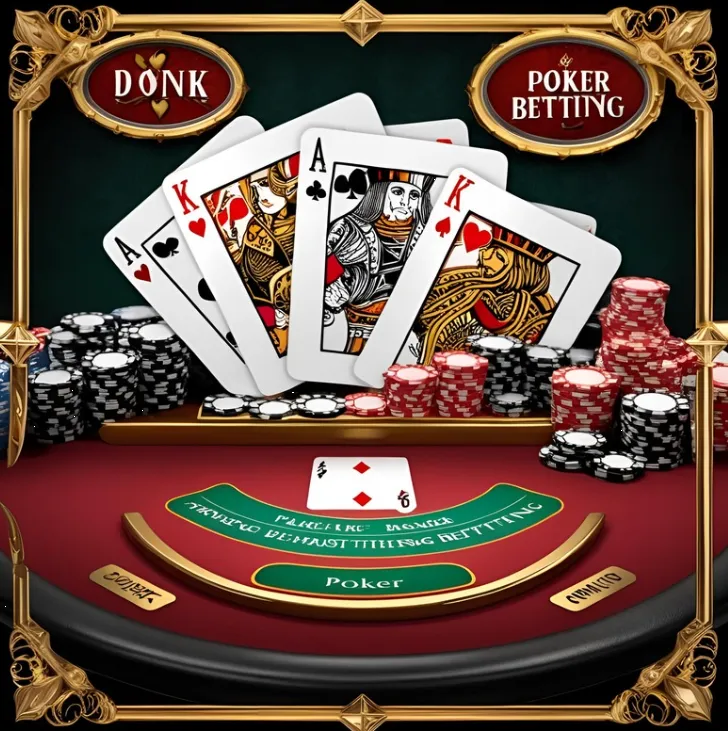
Understanding the psychological aspects of poker is crucial for players looking to gain an edge at the tables. By recognizing and exploiting common behavioral patterns, you can significantly improve your win rate and overall performance.
Reading Tells: The Art of Observation
Skilled poker players are constantly observing their opponents for physical and verbal cues that may reveal the strength of their hand. Common tells include changes in breathing, hand movements, and speech patterns. Developing your ability to spot these subtle indicators can provide valuable information during crucial moments.
Understanding Tilt: Emotional Control
Tilt, a state of emotional frustration, can be a poker player's worst enemy. Recognizing the signs of tilt in yourself and others is essential. Learn to manage your emotions and exploit opponents who are on tilt by capitalizing on their suboptimal decision-making.
Exploiting Player Types
Different players exhibit distinct behavioral patterns. Categorizing opponents as tight, loose, aggressive, or passive can help you tailor your strategy. For example, bluffing against a calling station is often less effective than value betting your strong hands.
The Power of Position
Position is a psychological weapon in poker. Players in late position have more information and control over the pot. Use this advantage to put pressure on opponents and make more informed decisions.
Bluffing and Semi-Bluffing
Understanding when and how to bluff is a critical skill. Successful bluffs often rely on creating a credible story and exploiting your opponent's perception of your playing style. Semi-bluffing with drawing hands can add another layer of complexity to your game.
Bankroll Management and Risk Tolerance
Your approach to bankroll management reflects your psychological attitude towards risk. Maintaining a healthy bankroll not only protects you from variance but also allows you to play your best game without the fear of going broke.








